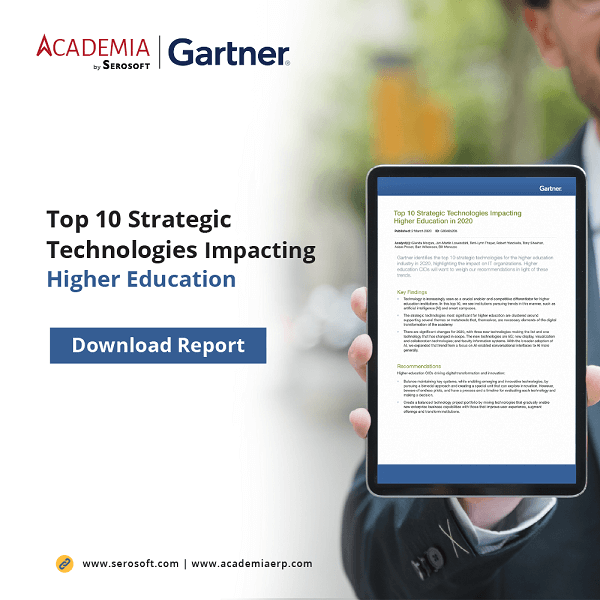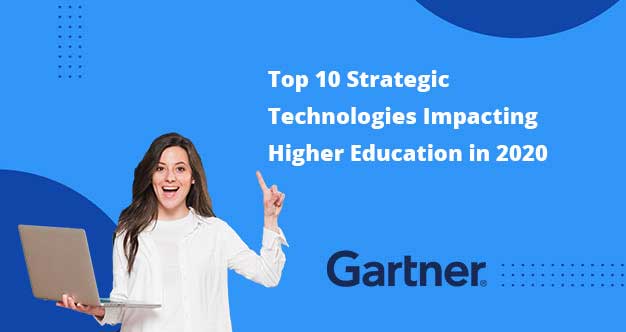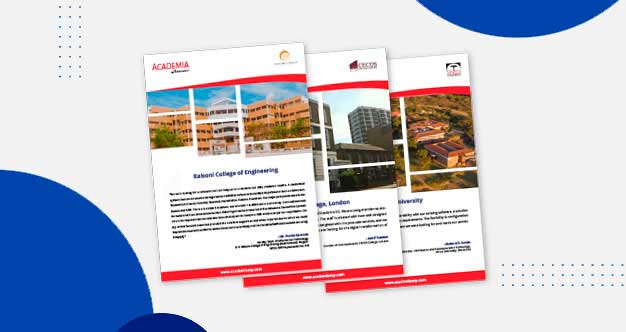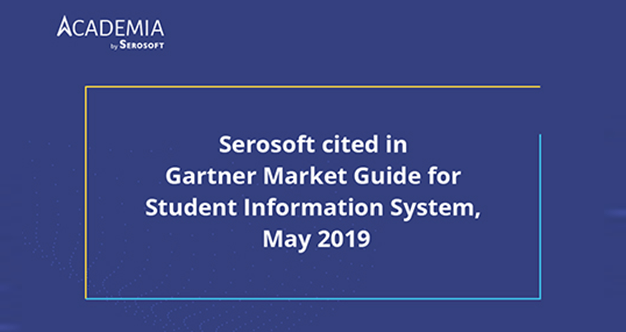5 Higher Education IT trends in 2021
Like other industries, higher education too got severely hit by the pandemic of 2020. Classes moved to online and hybrid environments, budgets got squeezed and higher education IT needs evolved dramatically.
Educational institutions all over the world are looking at IT infrastructure to prioritise and provide the high-quality experience that students expect. While the remote and hybrid modes of learning will be the way education will move in the immediate future, delivering efficient and flexible IT solutions will be the primary focus for institutions. The year ahead will be a pivotal one for technology in higher education and it is crucial for institutions to invest in the right solutions to reach the next level.
With institutions ready to take the best path forward, here are five IT trends in higher education to look forward to in 2021.
- More demand for Advanced Learning Management Systems: Even before the pandemic, online learning was on the rise, but it was limited to a few institutions. With Covid 19, learning environments were upended and institutions rapidly evolved. Higher education IT played a crucial role in making sure that classes continued virtually, and the staff was able to work remotely.
 Institutions are bringing on sophisticated systems making learning experiences in future virtual semesters more collaborative and interactive. There will be a rise in sophisticated video conferencing platforms, Augmented Reality, and Virtual Reality. With traditional enrolment decreasing, IT will also support digital marketing, customer relationship management (CRM), and analytics.
Institutions are bringing on sophisticated systems making learning experiences in future virtual semesters more collaborative and interactive. There will be a rise in sophisticated video conferencing platforms, Augmented Reality, and Virtual Reality. With traditional enrolment decreasing, IT will also support digital marketing, customer relationship management (CRM), and analytics. - More Robust Networks to Come: An increasing number of students will rely on laptops and mobile devices to do their coursework. Hence, it is important for universities and colleges to upgrade network infrastructure to manage the additional traffic. There will be network optimization tools and services employed to ensure broadband equity.Outdoor wi-fi will be a common feature with parking lots and other outdoor locations having wireless access. The aim is for students and faculty to be able to connect to the network from anywhere on the campus and off it too.
- New Ways of Remote Assessment: One of the biggest challenges COVID-19 has created is remote assessments. There have been serious privacy concerns raised by online proctoring services and it is crucial to have strategies to prevent dishonesty in remote assessments. However, with online learning here to stay, there will be a rise in alternative ways of appearing for exams. The coming year will present numerous ways of remote assessments, in place of virtual exams, which will be satisfactory to both students and institutions. Instructors will be able to create assessments where students will have to interact more with the material and use resources for further research, to gain deeper learning.
- Adoption of IoT: The Internet of Things is set to bring about revolutionary changes to education. With IoT devices getting cost-effective, they will be used widely and effectively in the higher education segment.IoT will help with digital attendance using biometric, tracking student location, or even keeping a tab on the consumption of electricity in the campuses as it can detect the human presence in the class and can switch on or off electricity as required. IoT can track the total time taken by students for completing a particular assignment which can provide useful insights and can be compared with class performance.
- Radical business model transformation: With downward pressure on tuitions and rising operating costs, higher education business models are being reconsidered. Institutions are looking at integrated education models that merge undergraduate education with higher-level research. This is meant to benefit the institution financially and boost growth through sponsored research by driving the development and adoption of the new financial and business models. This is also critical to reduce operating costs while increasing efficiencies by focusing on research and academic operations.
Conclusion
Institutions will need to decide on business models that are scalable, cost-effective, and accessible to take care of the needs of this decade and beyond. Higher educational institutions will be seeking innovative solutions to meet the challenges ahead.
Academia, as a leading provider of higher education ERP software, is at the forefront of designing solutions to meet each and every new challenge in the year ahead. For a detailed demo on how you could prepare yourself to move ahead, get in touch at https://www.academiaerp.com/request-demo/
 Higher Ed Plans
Higher Ed Plans K12 Plans
K12 Plans










